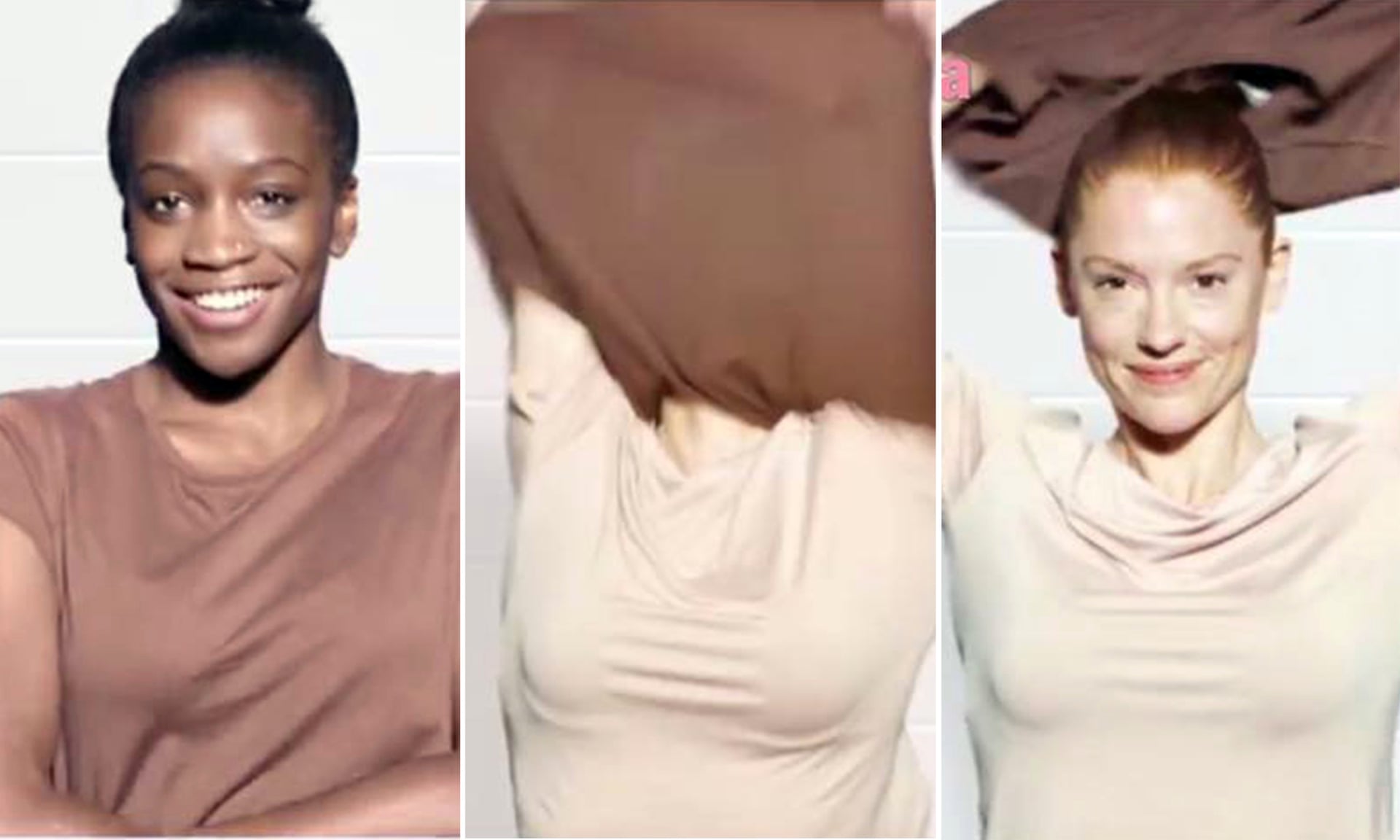The book Hidden Figures by Margot Lee Shetterly brings
to the center stage a conversation on the intersection of race, gender, and
choice of profession. Most people are just aware of the movie. But the movie
was inspired by the Shetterly’s book. Shetterly was covered in the NY Times for
telling the story of three inspiring African American women. She stated, “Being
able to have a spectrum of the black experience is contingent on the history
that gets written about black Americans. If it is just the first and the onlys,
you never get the many.” You can check out the rest of the article here.
 |
| Source:http://margotleeshetterly.com/ |
Shetterly believed
it was important for the book to be made into a movie to reach the masses and
to be documented. The movie depicts African American women during the Civil Rights
Movement that worked for NASA and played a key role in the launching of
astronaut John Glenn into space. Their stories were never shared, and Hidden Figures skillfully brings their
hardship to the forefront. The analytical concept of intersectionality coined
by Kimberle Crenshaw lends itself well to an analysis of Hidden Figures as a discourse. Intersectionality suggests analyzing
issues such as race and gender, through a lens where the analysis does not
start at the endpoints but where these identities intersect. When analyzing discrimination starting with
the individual that is “multiply-burdened" more issues will be addressed than
analyzing issues that impact those that rely on a single axis framework.
Crenshaw believes operating analysis using single-axis framework ultimately
erases black women from the conversation. The interactions and relationships of
the Katherine Johnson, the main protagonist, in the movie Hidden Figures with those that are in positions of power allows the
viewer to see the importance of spreading the stories of the “many”.
 |
| Source:http://t1.gstatic.com |
Katherine is in a
profession that is driven by males. She
experiences a unique discrimination in her interactions with a privileged group
such as white males. Her supervisor Mr. Harrison and his assistant Paul fall into
this category. Her entrance to the new office does not go unnoticed. When she
first walks in she is mistaken for a maid while she is wearing a work suit and
heels. Prior to Katherine joining the office, the men in the room never saw a
female, and certainly not a Black female, in an untraditional job. Paul was
insulted when Katherine, a Black woman, had to review his work. The only other
woman in the office was white and in a traditional role of a woman as a
secretary so she posed no threat to the men in the office. Paul refuses Katherine
access to information required to complete her job, and once she finally
receives clearance to all the pertinent information, Paul refuses to accept
reports that include both their names side by side. He states, “Computers do
not produce reports.” What he really wants to say is Black women do not produce
reports. Kathrine never responds to his comments but continues to include her
name even if the sheet was torn off. Her persistence runs parallel to the
plight of African Americans outside of the office setting during the height of
the Civil Right movement. The placement of the bathrooms was another prime
example of the discrimination. Katherine ran over a mile to find the closes
bathroom for colored people. Mr. Harrison addressed the issue and informally
desegregated the bathrooms. It is important to note that his actions were not
motivated by a desire to end racism. Mr. Harrison wanted Katherine at her desk
crunching numbers. This does not stop Mr. Harrison’s insensitive comments that
ignore the presence of the women in the office by addressing everyone as
“gentlemen.”
 |
| Source: https://www.thoughtco.com/intersectionality |
Crenshaw uses an
analogy of a four-way traffic intersection. Traffic comes and goes from each
direction. If an accident occurs in the intersection it could be from any
direction or perhaps all of them. “Similarly if a Black woman is harmed because
she is in the intersection, her injury could result from sex discrimination or
race discrimination”. In the example with Mr. Harrison Katherine’s gender
is consistently overlooked. Mr. Harrison
overlooks that she is Black because she is so talented in math and can get him
what he wants, a man in space. But for Kathrine’s relationship with Paul, the “accident”
is caused by cars coming from more than one direction. It is at the
intersection of her race, gender and profession that Paul discriminates against
her. In other words, the presence of an educated Black woman in the field of
science intimidates Paul to his very core. Katherine’s interactions with both Mr.
Harrison and Paul, two men in positions of privilege, show the intricacies in
Crenshaw’s analogy of the four-way traffic intersection.
Margot Lee
Shutterley’s motivation to write Hidden Figures and allow it to be adapted in
to a movie is in an effort to tell the stories of those that as Bell Hooks
would say normally receive the oppositional gaze. This is the concept that
Black women are not represented in the media. Movies and books like Hidden
Figures allows. “…black
female spectators to document what they see and construct their own dialogue
with their own voice.” More than ever there is a need for storytellers to step to the forefront and tell the story of the “many” and not just the stories of the “first” and “only.”
Work Cited
Crenshaw, Kimberle (1989) "Demarginalizing
the Intersection of Race and Sex: A Black Feminist Critique of
Antidiscrimination Doctrine, Feminist Theory and Antiracist
Politics," University of Chicago Legal Forum:
Vol. 1989 , Article 8.
Bell Hooks. In Black Looks: Race and Representation. Boston: South End Press, 1992: 115-131.
Shetterly,
Margot Lee (2016). Hidden Figures.












